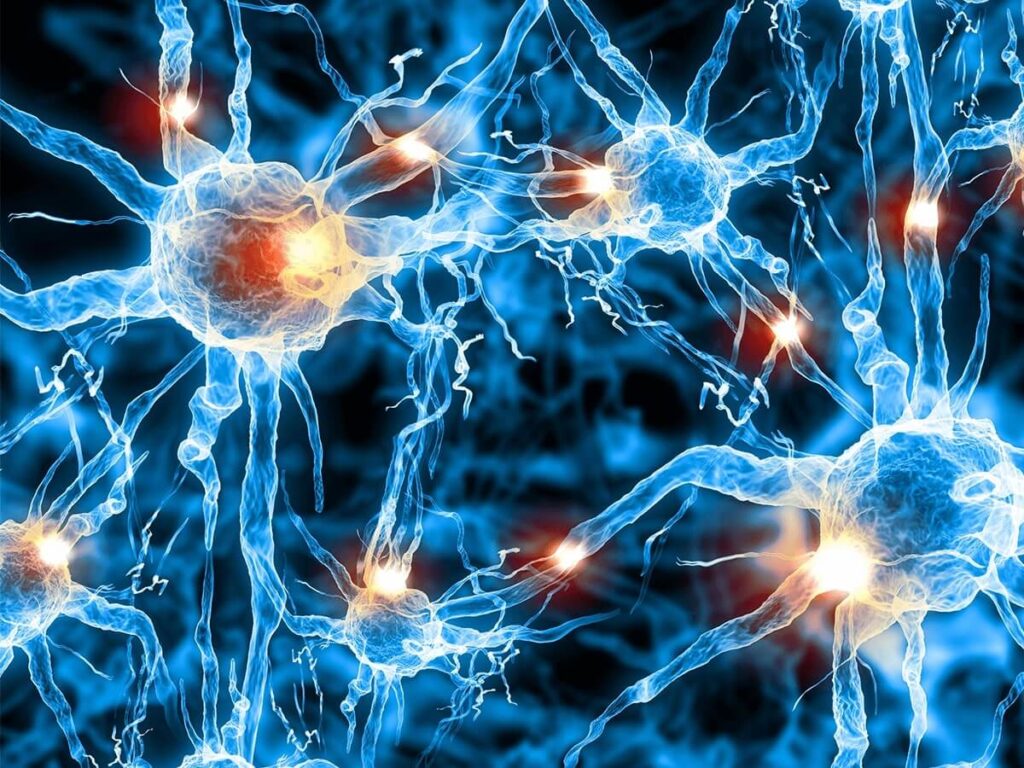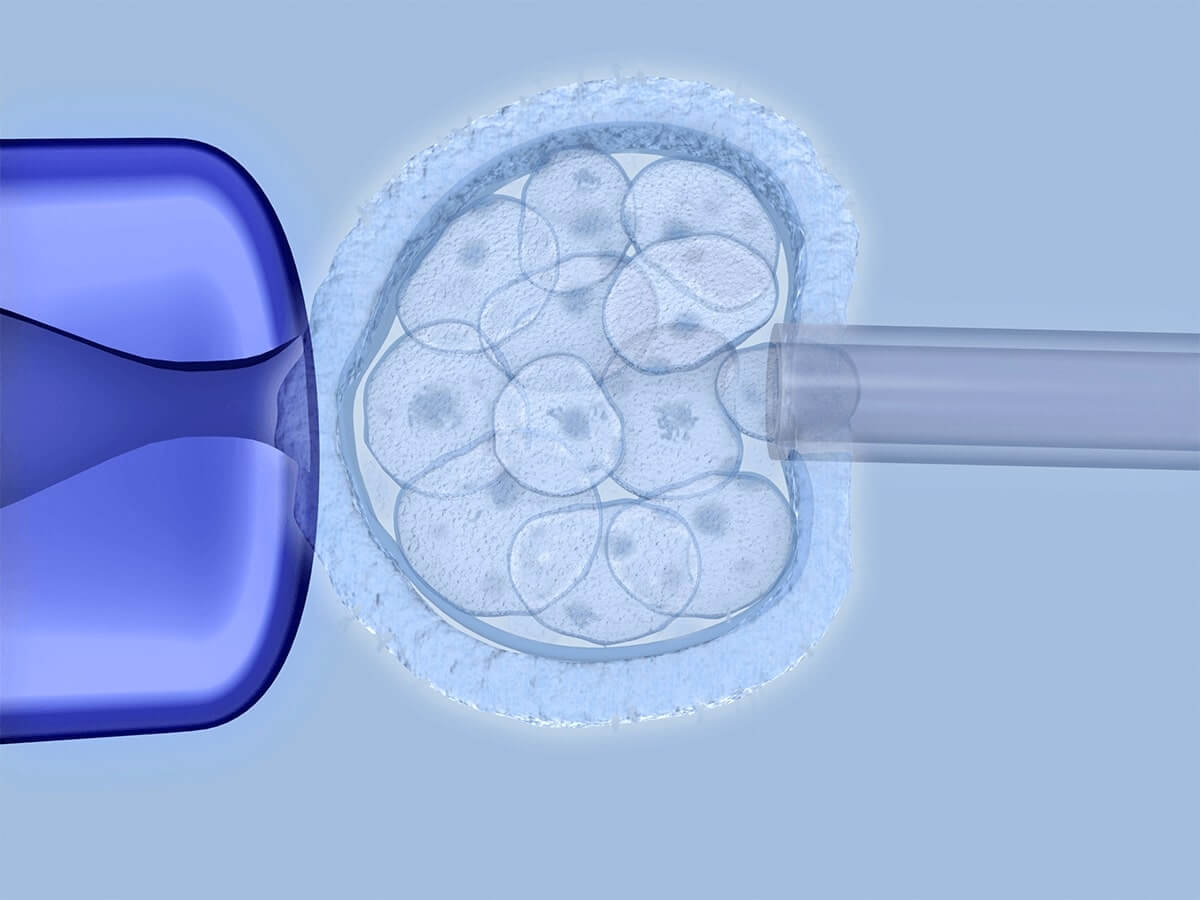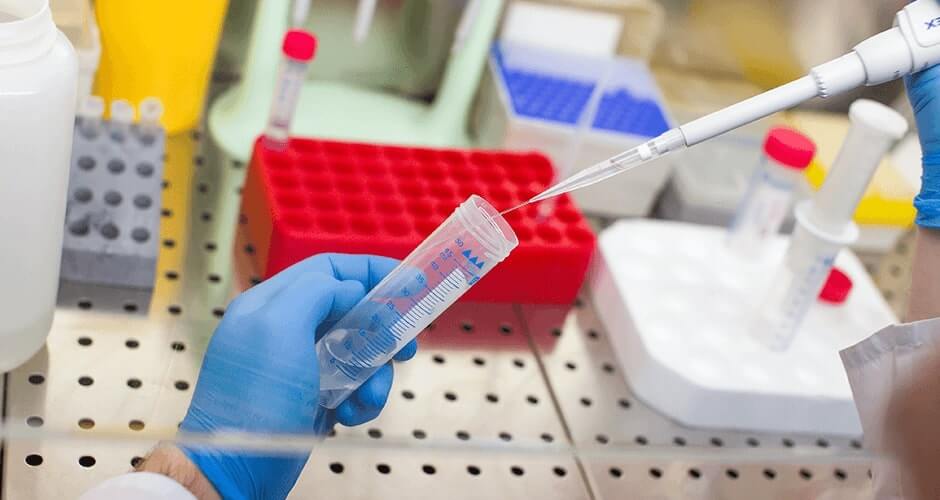Using Exosome therapy to treat spinal cord injury is a relatively new process. Exosomes themselves have only been recognised in the literature in the past 60 years, with detailed descriptions and naming only coming in the 1980s (Edgar). At Verita Neuro, we strive to remain at the forefront of spinal cord injury and we use exosomes in our
Mexico facility, as part of our stem cell treatment protocol.
What are exosomes?
Cells release proteins into the environment, in order to communicate with neighboring cells. In addition, they also secrete more complex structures called ‘vesicles’, which are small, fluid-filled sacs, enclosed by a lipid membrane.
Exosomes are a small subtype of these vesicles with a diameter between 30-100nm. They are produced by a wide range of cell types, including tumor cells, neurons, blood cells and some cells of the immune system. Because of their origin inside the cell, they all possess specific components of the cell that forms them.
Exosomes play a very important role in intercellular communication, by transporting genetic information and proteins between cells. Interest in exosomes began from the moment antigen-presenting cells (APCs) were found to improve their immune response by using them. In the last decade, it has been discovered that exosomes play an important role in intercellular communication, based on the transport of genetic content.
Exosomes are a small subtype of these vesicles with a diameter between 30-100nm. They are produced by a wide range of cell types, including tumor cells, neurons, blood cells and some cells of the immune system. Because of their origin inside the cell, they all possess specific components of the cell that forms them.
Exosomes play a very important role in intercellular communication, by transporting genetic information and proteins between cells. Interest in exosomes began from the moment antigen-presenting cells (APCs) were found to improve their immune response by using them. In the last decade, it has been discovered that exosomes play an important role in intercellular communication, based on the transport of genetic content.

What do exosomes do?
Within the body, cells use exosomes to communicate with one another. They have a unique structure, which allows them to be easily distributed throughout the body. Exosomes can even cross the blood-brain barrier, which is rare. Receiving cells can easily absorb exosomes and make use of the biological components and genetic content which they transport.
These characteristics make exosomes attractive in diagnosis, prognosis and treatment of neurological conditions. They are well suited to acting as biological markers, because they contain components which support the transfer of signals between cells. There are studies that suggest exosomes can help to improve the functionality of the central nervous system following incidents such as stroke and traumatic brain injury. Some studies have shown that exosomes taken from stem cells may even be sufficient to positively affect lesions of the nervous system. (Zhang et al.)
These characteristics make exosomes attractive in diagnosis, prognosis and treatment of neurological conditions. They are well suited to acting as biological markers, because they contain components which support the transfer of signals between cells. There are studies that suggest exosomes can help to improve the functionality of the central nervous system following incidents such as stroke and traumatic brain injury. Some studies have shown that exosomes taken from stem cells may even be sufficient to positively affect lesions of the nervous system. (Zhang et al.)
What is the future of exosomes?
Exosomes have a great deal of potential in clinical therapWithin the body, cells use exosomes to communicate with one another. They have a unique structure, which allows them to be easily distributed throughout the body. Exosomes can even cross the blood-brain barrier, which is rare. Receiving cells can easily absorb exosomes and make use of the biological components and genetic content which they transport.
These characteristics make exosomes attractive in diagnosis, prognosis and treatment of neurological conditions. They are well suited to acting as biological markers, because they contain components which support the transfer of signals between cells. There are studies that suggest exosomes can help to improve the functionality of the central nervous system following incidents such as stroke and traumatic brain injury. Some studies have shown that exosomes taken from stem cells may even be sufficient to positively affect lesions of the nervous system. (Zhang et al.)ies, because of their diverse abilities. They are made up of a complex mixture of proteins and genetic materials, which give them the potential to be used in various biochemical and cellular processes. This makes them well-suited to use in the treatment of complex diseases with multiple secondary injury mechanisms involved. The development of exosome-based therapy is helping to improve aspects of neuroplasticity and neurological recovery for a variety of neuronal injury and neurodegenerative diseases. Most exosomes used in clinical therapies are ‘MSC-derived exosomes’. MSC stands for Mesenchymal Stem Cells, which are stem cells harvested from bone marrow. Regenerative therapies require the production and isolation of suitable quantity of clinical grade exosomes from cultured MSCs
These characteristics make exosomes attractive in diagnosis, prognosis and treatment of neurological conditions. They are well suited to acting as biological markers, because they contain components which support the transfer of signals between cells. There are studies that suggest exosomes can help to improve the functionality of the central nervous system following incidents such as stroke and traumatic brain injury. Some studies have shown that exosomes taken from stem cells may even be sufficient to positively affect lesions of the nervous system. (Zhang et al.)ies, because of their diverse abilities. They are made up of a complex mixture of proteins and genetic materials, which give them the potential to be used in various biochemical and cellular processes. This makes them well-suited to use in the treatment of complex diseases with multiple secondary injury mechanisms involved. The development of exosome-based therapy is helping to improve aspects of neuroplasticity and neurological recovery for a variety of neuronal injury and neurodegenerative diseases. Most exosomes used in clinical therapies are ‘MSC-derived exosomes’. MSC stands for Mesenchymal Stem Cells, which are stem cells harvested from bone marrow. Regenerative therapies require the production and isolation of suitable quantity of clinical grade exosomes from cultured MSCs

So far, exosomes have been evidenced as being successful in the reduction of central nervous system inflammation in diseases such as multiple sclerosis, disseminated encephalomyelitis, viral encephalitis, Alzheimer’s diseases, and other conditions of the nervous system with an inflammatory component. The studies have shown that when applied through a noninvasive intranasal route, exosomes have supported improvement in a patient’s physical condition. The findings demonstrate that exomes delivered in this way are potential delivery vehicles for multiple therapeutic agents. (Lakhal S, Wood MJ)
References
- Edgar, James R. “Q&A: What are exosomes, exactly? – BMC Biology.” BMC Biology, 13 June 2016
- Guo, Guangwu and et. al. “Whole-genome and whole-exome sequencing of bladder cancer identifies frequent alterations in genes involved in sister chromatid cohesion and segregation.” Nature Genetics, 13 October 2013.
- Zhang, Yanlu and et. al. “Systemic administration of cell-free exosomes generated by human bone marrow derived mesenchymal stem cells cultured under 2D and 3D conditions improves functional recovery in rats after traumatic brain injury.” Neurochem Int., vol. 111, 2017, pp. 69-81. PubMed, .
- Lakhal S, Wood MJ. Intranasal exosomes for treatment of neuroinflammation? Prospects and limitations. Mol Ther. 2011;19(10):1754-1756. doi:10.1038/mt.






